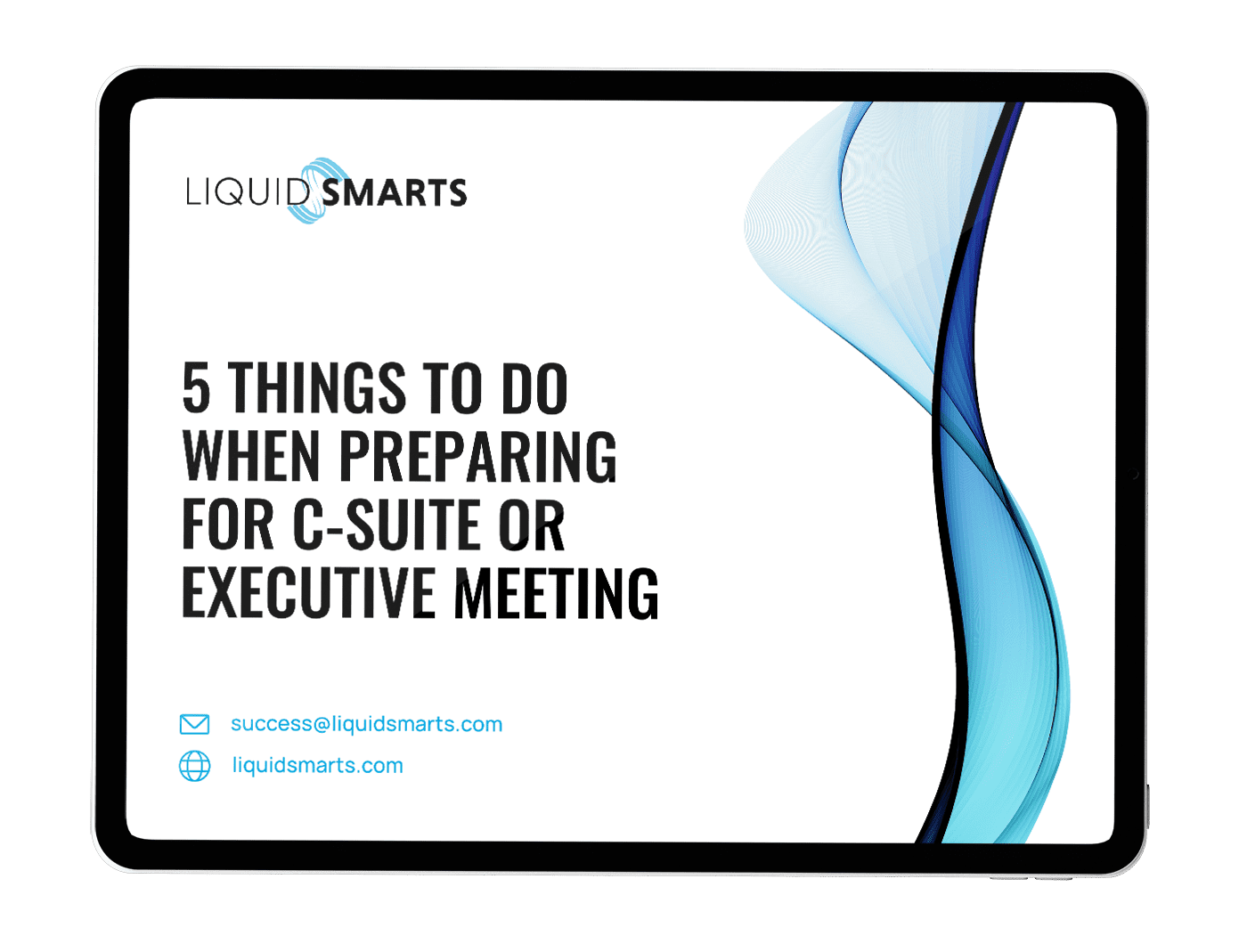However, while good leadership can inspire and motivate employees to excel, lousy leadership can devastate the workplace. The consequences of poor leadership are far-reaching, from low morale and high turnover rates to decreased productivity and a toxic work environment.
Let’s delve into the dangers of lousy leadership and explore how it impacts the workplace and how to overcome it, cultivating an environment of trust, collaboration, and success.
What is Leadership?
A great leader inspires and motivates people. They drive team morale and employee engagement. They are masters at conflict resolution and experts at delivering constructive feedback. Leadership refers to the managerial skills a person develops to significantly impact a workgroup’s actions and attitudes.
Integrity leaders are better able to avoid ineffective communication and promote enthusiasm toward the achievement of their objectives. Effective leadership often benefits from high emotional intelligence, the ability to find solutions to address concerns, and engage in actions that improve employee retention. Effective leaders have a clear vision, a strong work ethic, and an open communication style.
New leaders who will succeed empower the whole team into tasks with expected outcomes and involve executing the company’s vision and updating it when necessary. Most employees are interested in avoiding communication issues and fostering better relationships at work. A good leader is skilled at using social influence to organize the efforts of the employees to work together toward that vision.
Moreover, leadership entails setting the tone and culture of the organization by creating and planning different events for the employees.
What is Bad Leadership?
Bad leadership occurs when a bad leader fails to support and direct their team effectively, resulting in harmful consequences for the team, the project, and the organization as a whole.
Bad leaders fail at conflict resolution skills. Bad leaders exhibit specific characteristics and habits that can demotivate and disengage their employees, leading to a toxic work environment and reduced productivity.
Some common examples of poor leadership qualities include a lack of presence, direction, transparency, authority, adaptability, micromanagement, poor communication skills, and a focus on features rather than performance.
Don’t be a bad leader. Improve your leadership skills, with a strong focus on communication skills.
Characteristics of Bad Leadership
1. Lack of Presence
A leader’s presence is essential in demonstrating their commitment, competence, and dedication to the team. Leaders who lack presence lose the most powerful driver of strategic thinking, i.e., modeling. A team member with poor conflict resolution skills may assume that the leader is shirking work and knows what he’s doing to communicate effectively by not being visible and modeling absent behavior.
Leading others, some of whom lack integrity, involves communicating effectively, avoiding resentment, and feeling that the leader is not working as hard as they should be. To counteract this, leaders should strive to be transparent about their interests while remaining actively involved in the team’s overall efforts. The leader’s ability to impact team culture and cohesion is best supported by their physical presence in the office or by engaging with their employees on a modern intranet platform.
2. Lack of Direction
Good leaders do not lack direction. Poor leaders fail to provide their teams with a clear sense of the company’s goals and objectives. This is the most pernicious aspect of a poor leader: poor communication. When leadership abilities are poor, essential skill gaps include clear directions, and critical warning signs should be triggered. If not, the company’s ability to capture a market will wither. Devastating effects occur when a key company leader has no direction or vision. This can lead to low morale, confusion, disengagement, and poor performance. To avoid this, the leader should ensure they have a solid understanding of the company’s overall strategy and communicate this effectively to their team through regular updates and meetings.
3. Lack of Transparency
Transparency is a critical component of trust between leaders and employees. Leaders who withhold information or misrepresent the truth can quickly erode trust, leading to a toxic work environment, poor communication, poor leadership, and reduced employee morale. To foster transparency, leaders should consciously share information openly and honestly with their team, ensuring everyone is on the same page and working towards the same objectives.
4. Lack of Authority
Leaders who lack authority in leadership positions may struggle to make difficult decisions, provide effective feedback, and command respect from their team. This can lead to frustration, disengagement, and reduced productivity. To develop authority, leaders should focus on honing their decision-making abilities, engaging in honest self-assessment, and seeking feedback from their best leaders and trusted colleagues to identify areas for improvement.
5. Lack of Listening Skills
Effective communication is essential for successful leadership for good leaders, and listening is a crucial aspect of this skill. Leaders who fail to listen to their employees may miss valuable insights, feedback, and suggestions from potential leaders that could improve the team’s performance and overall success. Leaders should practice active listening techniques to enhance their listening skills, such as maintaining eye contact, asking open-ended questions, and providing their full attention to the speaker.
6. Tendency to Micromanage
Micromanagement is a common characteristic of bad leadership, as it demonstrates a lack of trust in the abilities of team members and stifles their autonomy and creativity. Micromanaging leaders often become overly involved in every aspect of their employees’ work, ultimately hindering productivity and engagement. To overcome this habit, good leaders often should focus on delegating tasks, trusting their team members to complete their work independently, and providing support and guidance when necessary.
7. Inflexible Leadership
Inflexible leaders are unwilling or unable to adapt to changing circumstances, new ideas, or diverse perspectives. This rigidity can hinder innovation, collaboration, and the overall success of the leader and the team. To cultivate a more flexible approach, leaders should embrace a growth mindset, be open to new ideas and perspectives, and prioritize continuous learning and self-improvement as great leaders.
8. Oblivious to Weaknesses
Bad leaders are often unaware of their weaknesses, leading to blind spots in their leadership style and decision-making abilities. This lack of self-awareness can hamper a leader’s effectiveness and contribute to a toxic work environment. To improve self-awareness, ineffective and bad leaders should regularly self-reflect, seek honest feedback from trusted colleagues, and be open to constructive criticism.
9. Never Take Accountability
Ineffective leaders hate accountability. Accountability is a crucial aspect of effective leadership, and not taking it shows others that the leader may lack integrity. Leaders who avoid responsibility for their actions and decisions or blame team members or others for their shortcomings erode trust and credibility and can hamper productivity. To demonstrate accountability, effective leaders should own their mistakes, learn from them, accept responsibility, and take steps to address any negative consequences. A good leader always takes accountability.
10. Death by Comfort Zone
Bad leaders are among those who become too comfortable in their roles, resistant to change, and may struggle to adapt to new challenges or drive innovation within the organization. This complacency can lead a leader to stagnation and a lack of progress. To combat this, leaders should prioritize continuous growth and development, embrace change, and actively with other leaders to seek out new opportunities for learning and improvement.
The Dangers of Bad Leadership
Bad leadership behaviors can have numerous negative effects on the workplace, including:
- Decreased employee morale and engagement: Poor leadership can lead to a toxic work environment, diminished trust, and reduced employee satisfaction, ultimately impacting productivity and performance.
- Increased turnover and attrition: Employees who feel undervalued and unsupported by their leaders are more likely to seek employment elsewhere, leading to increased turnover and associated costs for the organization.
- Stifled innovation and growth: Bad leaders may resist new ideas, hinder collaboration, and fail to support employee development, limiting the organization’s ability to innovate and grow.
- Reduced overall success: Ultimately, bad leadership can negatively impact an organization’s bottom line, as poor decision-making, lack of direction, and low employee morale contribute to reduced performance and success.
Overcoming Bad Leadership
While bad leadership qualities can pose significant challenges for both individuals and organizations, there are strategies for overcoming these obstacles:
- Focus on personal growth and development: As an individual, strive to continuously improve your skills, knowledge, and abilities, regardless of the leadership situation in your workplace.
- Set healthy boundaries: Communicate your concerns and establish limits with leaders who exhibit poor leadership behaviors, ensuring you maintain your own well-being and professional integrity.
- Seek mentorship and support: Look for guidance and advice from experienced colleagues or mentors who can help you navigate challenging leadership situations and develop your own leadership skills.
- Be a positive influence: Model effective leadership behaviors and contribute positively to your team’s culture and performance, inspiring others to do the same.
- Pursue opportunities for leadership development: Whether you are currently a leader or aspire to be one, invest in your own leadership development through training, workshops, and self-reflection to ensure you are equipped to lead effectively and overcome the challenges posed by bad leadership.
Turn Into the Leader Your Organization Needs with LiquidSMARTS
Leadership is vital to any organization and can significantly impact its success or failure.
Bad leadership, characterized by a lack of presence, direction, transparency, authority, listening skills, the tendency to micromanage and inflexibility, obliviousness to weaknesses and lack of accountability, and a comfort zone mentality, poses significant dangers to the workplace. It can result in low employee morale, increased turnover rates, and a toxic work environment.
However, organizations can turn bad leaders into effective ones by recognizing these characteristics and implementing ways to overcome them, such as developing leadership skills through coaching programs like LiquidSMARTS.
Experience an evolution in thinking and processes with our Leadership Coaching – get in touch today and become the leader your organization needs. Together, we can pave the way for a better workplace culture where everyone thrives.







